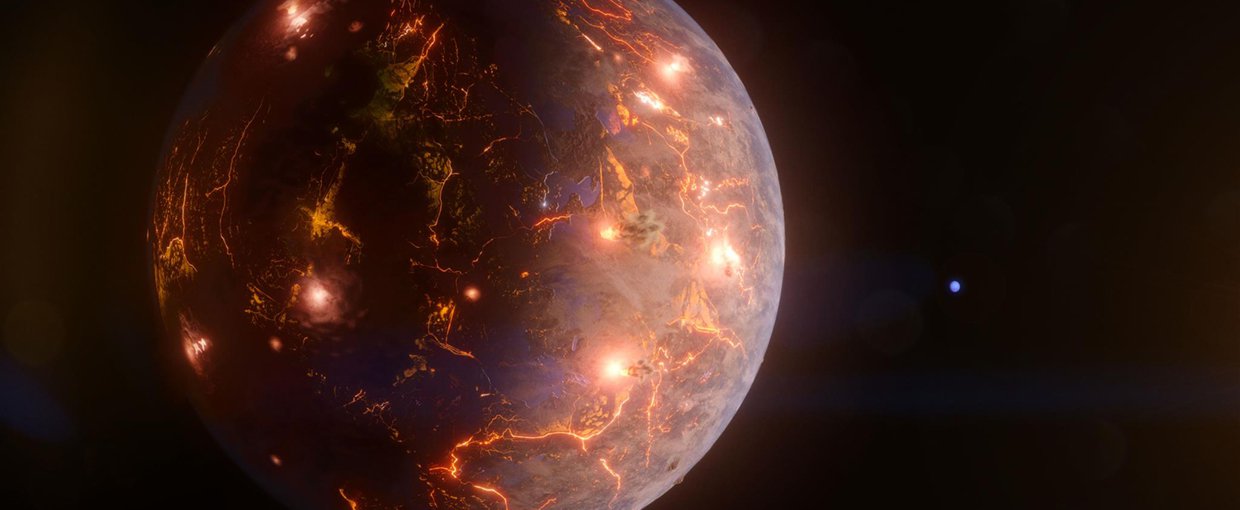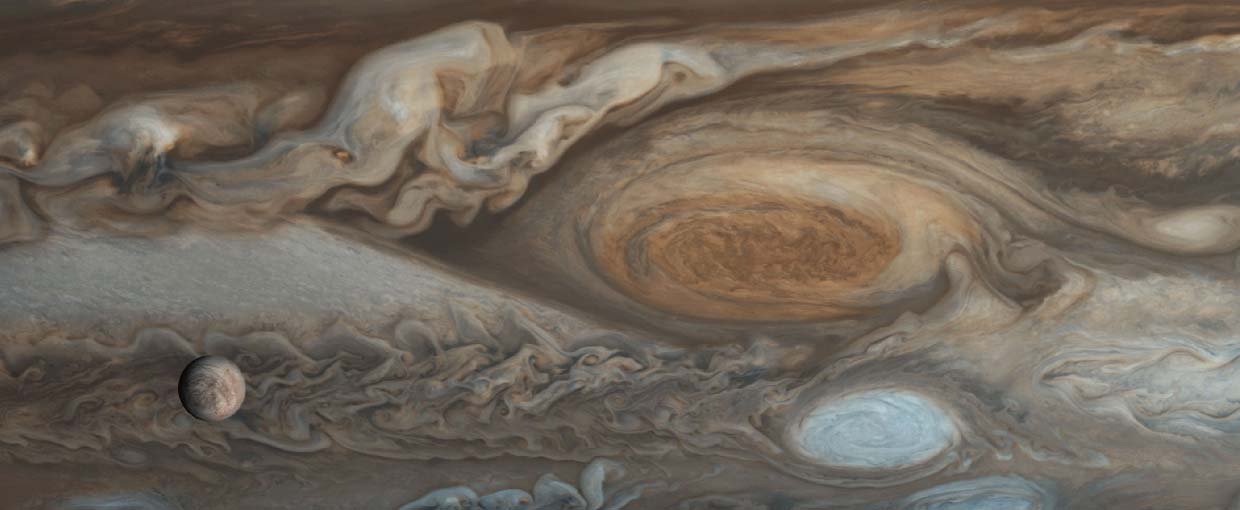Kay, C., Airapetian, V. S., Lüftinger, T., & Kochukhov, O. (2019). Frequency of Coronal Mass Ejection Impacts with Early Terrestrial Planets and Exoplanets around Active Solar-like Stars. The Astrophysical Journal, 886(2), L37. doi:10.3847/2041-8213/ab551f
Lopes, R. M. C., Malaska, M. J., Schoenfeld, A. M., Solomonidou, A., Birch, S. P. D., Florence, M., … Wall, S. D. (2019). A global geomorphologic map of Saturn’s moon Titan. Nature Astronomy. doi:10.1038/s41550-019-0917-6
Khan, M., Kar, S., Wang, J., & Leszczynski, J. (2019). Theoretical study of formate, tartrate, tartronate, and glycolate production from 6-carbon trioxylate intermediate in the citric acid cycle. Journal of Molecular Modeling, 25(12), None. doi:10.1007/s00894-019-4240-z
Paganini, L., Villanueva, G. L., Roth, L., Mandell, A. M., Hurford, T. A., Retherford, K. D., & Mumma, M. J. (2019). A measurement of water vapour amid a largely quiescent environment on Europa. Nature Astronomy. doi:10.1038/s41550-019-0933-6
De Rosa, R. J., Esposito, T. M., Hirsch, L. A., Nielsen, E. L., Marley, M. S., Kalas, P., … Macintosh, B. (2019). The Possible Astrometric Signature of a Planetary-mass Companion to the Nearby Young Star TW Piscis Austrini (Fomalhaut B): Constraints from Astrometry, Radial Velocities, and Direct Imaging. The Astronomical Journal, 158(6), 225. doi:10.3847/1538-3881/ab4c9b
Furukawa, Y., Chikaraishi, Y., Ohkouchi, N., Ogawa, N. O., Glavin, D. P., Dworkin, J. P., … Nakamura, T. (2019). Extraterrestrial ribose and other sugars in primitive meteorites. Proceedings of the National Academy of Sciences, 116(49), 24440–24445. doi:10.1073/pnas.1907169116
Cukier, W., Kopparapu, R. k., Kane, S. R., Welsh, W., Wolf, E., Kostov, V., & Haqq-Misra, J. (2019). Habitable Zone Boundaries for Circumbinary Planets. Publications of the Astronomical Society of the Pacific, 131(1006), 124402. doi:10.1088/1538-3873/ab50cb
Zhao, H., Algeo, T. J., Liu, Y., Chen, Z-Q., Hu, Z., Zhang, L., & Li, Z. (2019). Lower Triassic carbonate δ238U record demonstrates expanded ocean anoxia during Smithian Thermal Maximum and improved ventilation during Smithian-Spathian boundary cooling event. Palaeogeography, Palaeoclimatology, Palaeoecology, None, 109393. doi:10.1016/j.palaeo.2019.109393
Dodd, M. S., Papineau, D., Pirajno, F., Wan, Y., & Karhu, J. A. (2019). Minimal biomass deposition in banded iron formations inferred from organic matter and clay relationships. Nature Communications, 10(1), None. doi:10.1038/s41467-019-12975-z
Venkataram, S., Monasky, R., Sikaroodi, S. H., Kryazhimskiy, S., & Kaçar, B. (2019). The Onset of Evolutionary Stalling and the Limit on the Power of Natural Selection to Improve a Cellular Module. None. doi:10.1101/850644



